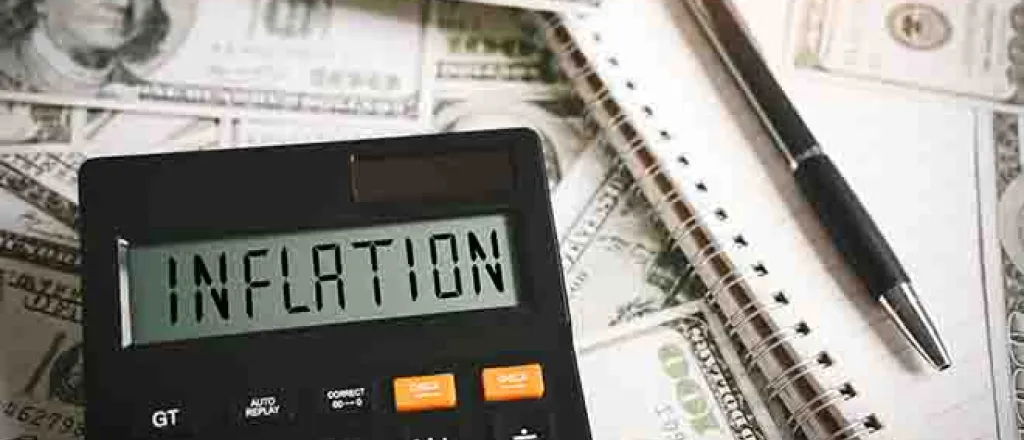
Food price inflation is the lowest in years. Gary Crawford has more.
PARTICIPANTS: Gary Crawford and USDA economist, Megan Sweitzer.
Transcript
A few days ago we got the new Consumer Price Index, that's the government's monthly report on inflation, and this latest index covering 2024 up through April.
The report showed that for all goods in the economy, prices during April rose just under half a percent, putting prices an average of just a bit under three and a half percent higher than April a year ago.
Most analysts consider three and a half percent a moderate rate of inflation, but still higher than would be ideal.
But they cannot blame it on food.
In fact, quite the opposite.
The Consumer Price Index has some really good news for food shoppers.
It shows grocery store food prices last month rising by an almost imperceptible one-tenth of one percent.
So over the past few months we've seen food price inflation that's lower than the long-term average.
And Agriculture Department economist Megan Schweitzer says grocery store food prices are on average only about one percent higher than April one year ago.
We've really seen inflation for food at home, for groceries, stabilized over the past few months.
Prices increased by 0.1 percent in April, and that was following up on March, which showed no change, and February, which also showed a very small increase of 0.1 percent.
And a one percent food price inflation rate is a whole lot better than what we've seen in the last couple of years.
In 2023, food at home price inflation was five percent.
That compares to the peak was in 2022, when food at home prices rose by 11.4 percent.
And then in 2021, food at home prices had risen by 3.5 percent.
So 2024 food price inflation rate, far lower than recent years.
Of course, these are figures for all the grocery store foods averaged together.
Some food groups will have price increases, some food groups will have price declines.
So you may see some price changes across foods that you purchase, but on average, across all products, it should largely flush out to pretty minimal change overall.
But you might find that hard to believe if you buy, for instance, a lot of beef.
Beef prices have risen the most over the past year by seven percent, followed by sugar and sweets at 4.3 percent.
Some food categories are selling for less than last year, though, including eggs, dairy products, and fish and seafood.
Gary Crawford reporting for the U.S. Department of Agriculture.








